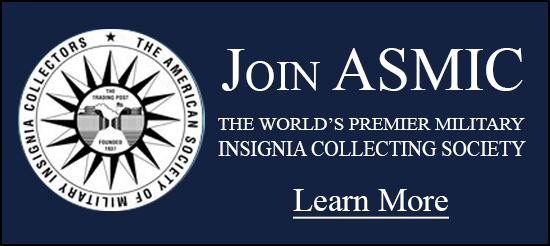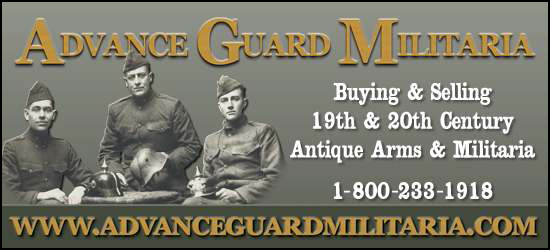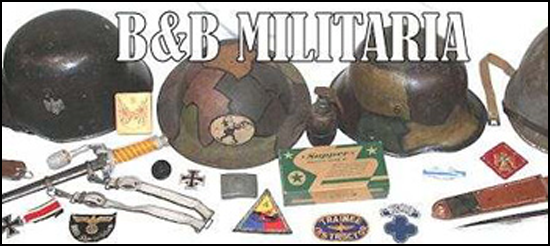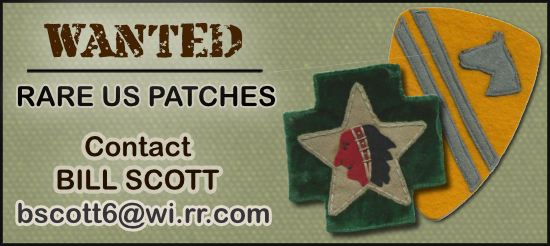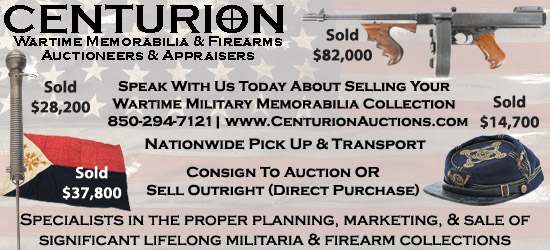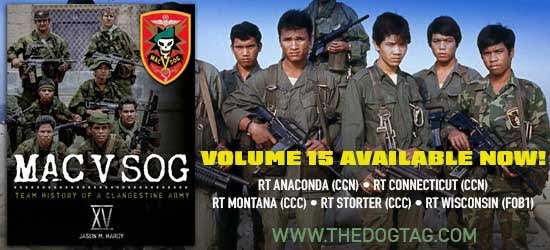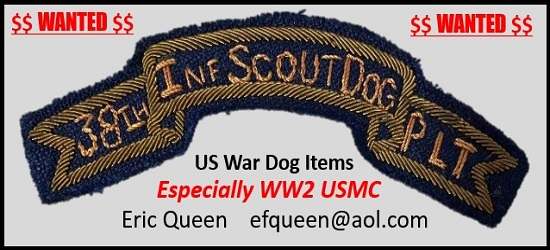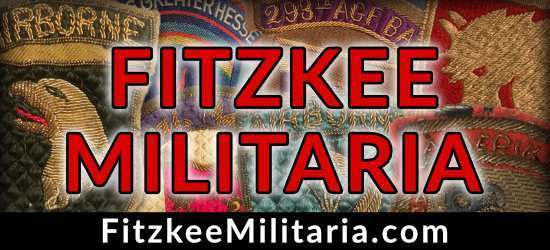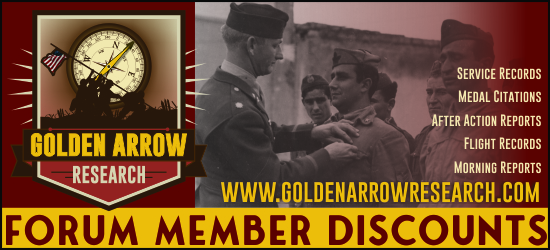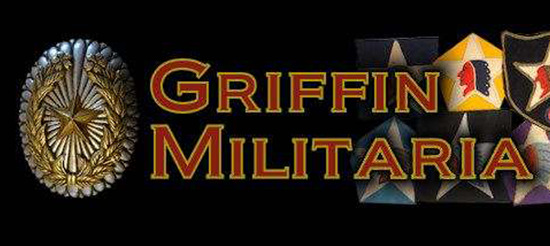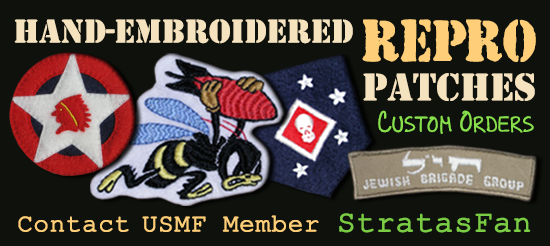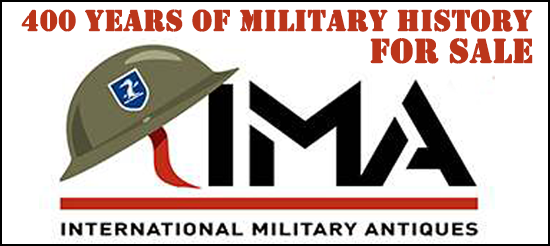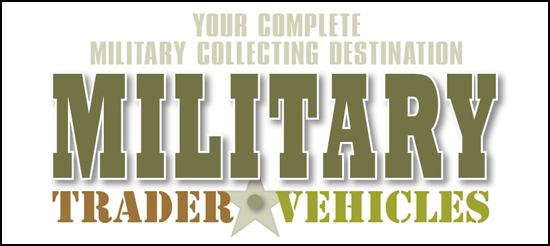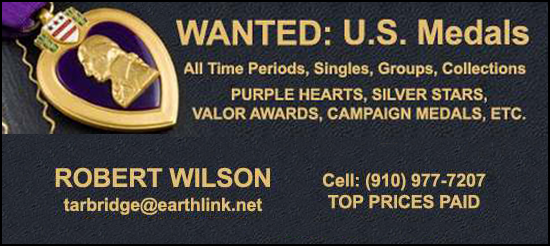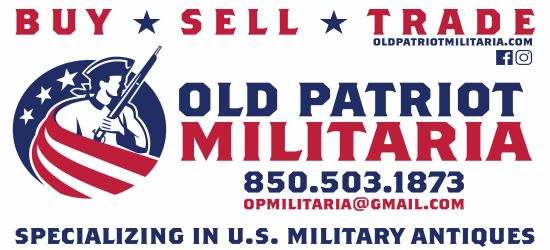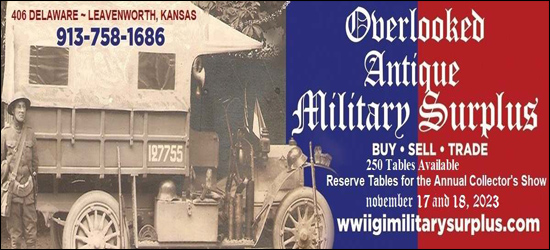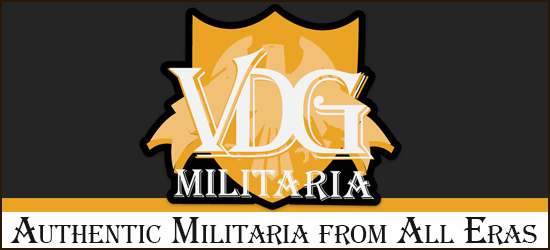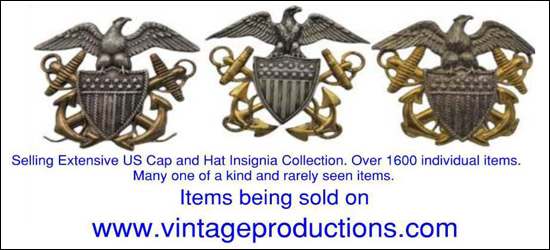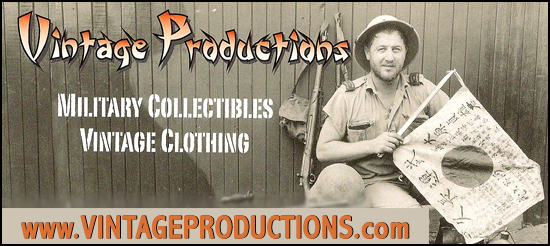-
Donate
Type donation amount in box below.
IMPORTANT! If you donate via PayPal using an e-mail address different than the one you are currently using on USMF and would like a 2022 Donor Icon added to your account, you MUST CONTACT vintageproductions or stratasfan and let them know what email address was used for the donation.
Thank you for supporting USMF.
Donate Sidebar by DevFuse -
Recent Posts
-
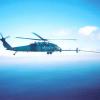
By decwriter · Posted
aerialbridge, I appreciate your very detailed response and contribution to the discussion of clasps for the USN in WWI and for showing your great-uncle’s cards. I’m confident now that Hilliard earned the Transport clasp for his time on the ship after seeing the three responses to this post. From what I have gathered so far, he led a very interesting life and I’ll post a write-up in the medals section in the future to share his history. Thanks again. -
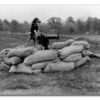
-

By Charlie Flick · Posted
Is the serial number for 3 above V4302 or V3402 as mentioned in your first post? -
By Arisaka99 · Posted
Charlie thank you so MUCH!! It’s going to sit squarely in my collection. I appreciate your knowledge, research, and willingness to share it; and you continuing passion for the hobby!! I joined the S&WHF and the Collector’s Association last month when this and some other recent revolver buys peaked my interest. -
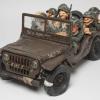
-

By Charlie Flick · Posted
Hello again, Brad: As you have asked for opinions allow me to offer mine. First, I want to clear up a few misconceptions. You wrote: 1. For a brief period between blued and proprietary “Black Magic” phosphate finish... Actually, the Black Magic finish was not proprietary to Smith & Wesson. It was a product manufactured by Hubbard-Hall, which is still in business. In fact, S&W is currently using Black Magic finish on certain firearms. And Black Magic is not a phosphate finish. It is a black oxide. 2. S&W paid a license fee to use the patented Parker Rust Proofing Company zinc phosphate process.... The current thinking among S&W collectors is that this is an urban legend. No documentary evidence has ever been found to show a license fee paid or any dispute between Parker and S&W in WW2. And if S&W was to use the Parker product, it would simply have to buy it from Parker. No license was required. 3. A little over 2000 guns received this finish in early 1942. Mostly correct. 2187 guns received a Parkerized finish in May-June, 1942. These were revolvers that were shipped to Defense Supplies Corporation authorized "essential users". 4. "...the S&W research service ID’ed this pistol as blued from their original shipment records." Your letter from factory historian Roy Jinks is almost 27 years old. Since then quite a bit new information has been learned, particularly as a result of the digitization of many of the factory records by the S&W Historical Foundation. The wartime factory shipping ledger does not specify finishes, only shipping dates and recipients/destinations. The finishes are sometime recorded on the Invoices which often can be correlated with the serial numbers. As things were changing rapidly at the factory in the first 6 months after Pearl Harbor, the records are somewhat inconsistent and incomplete. It is always difficult for me to assess a finish based only on online photos. However, in this case it is my opinion that your revolver has not been refinished. It most likely has a Parkerized finish. Your serial number 987617 falls squarely in the middle of the serial range of the approximately 15,000 units within which the 2187 guns that are known to have been Parkerized are found. (Note that S&W did not ship in strict consecutive serial number order, so those 2187 guns are scattered throughout that range.) If you want further information I suggest that you contact the S&WHF and ask for a "deep dive" on your serial number. You already have the required factory letter. That deep dive might turn up the Invoice for your revolver shipment that may or may not provide specifics on the finish on the guns included in that shipment. S&WHF will require a fee for this deep dive service. Let me know if you need help in contacting the S&WHF. I hope this information is helpful to you. Regards, Charlie -

-

By Wenaleen · Posted
This is my uncle, my dad's brother. Appreciate seeing Lee's medals and photos! -
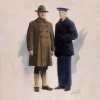
By aerialbridge · Posted
The NY WWI Service Abstracts on ancestry.com are a great resource for researching NY residents who served in the Navy during the "Great War." I don't know of any other state other than maybe PA where you can generally deduce online what WWI Victory service clasp a Navy serviceman might have had without ordering their OPF from NARA St. Louis. Like the cards for Hilliard posted here (b. Asheville, NC), my great-uncle (b. Mapleton, MN) became a NYC transplant and a couple years later enlisted in the Navy at 23 for four years, serving from 1912-16. I'm posting his NY service abstract cards as an illustration of the case where a man was attached (given orders, as opposed to being a passenger in transit) to more than one ship during WWI and so might qualify for more than one service clasp, as my ancestor did. The Navy only officially issued one clasp and didn't authorize wearing more than one Victory Medal service clasp on the medal's drape. My uncle finished his four-year hitch in July 1916 and was honorably discharged as a quartermaster 2nd class (QMC2) having served primarily on destroyers. Less than a year later, he volunteered for duty in May 1917. Given his prior service he was rated a quartermaster chief petty officer (QMC) in the newly created US Naval Reserve Force (USNRF) and assigned to shore duty at the Newport, RI Naval Training Station. He was antsy to get back to sea and join the fray in the North Atlantic and wrote to request "duty in the War Zone". His request was ignored since he was regarded as more useful training new recruits. He was promoted to ensign in January 1918 and that April they finally detached him from shore training duty at Newport and ordered him to the USS Arizona, then only a couple years old and deemed too valuable to risk sending overseas to face the perils of the U-boat wolf-packs. During WWI, Arizona was used for ceremonies and as a gunnery training ship. My uncle was assigned to command one of the five inch gun crews for five months, from May to September 1918. Near the end of the war, his request to go to the "War Zone" was finally honored and he was attached to the mine-layer USS Saranac, one of ten converted mine-layers in the all-volunteer Mine Squadron One, operating from Inverness, Scotland. So while his five months on USS Arizona sailing up and down the Atlantic Coast qualified him for the "Atlantic Fleet" clasp, his subsequent six weeks on USS Saranac before Armistice Day qualified him for the scarcer "Mine Laying" clasp which is what the Navy issued him. I've not studied the regs, but my assumption based on my uncle's service and the single service clasp he was issued for his WWI Victory medal is that if a man qualified for more than one clasp, the Navy issued the one for the latest service. Also, I believe that even a single day's duty attached to a qualifying ship during the qualifying period would rate a service clasp for the WWI Victory medal. If either of these assumptions are wrong, I trust someone will correct it. -
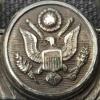
By Kropotkin · Posted
Thanks, John. I took a look at your article which was fascinating. I also brought home how scarce these patterns are.
-
-
* While this forum is partially supported by our advertisers, we make no claim nor endorsement of authenticity of the products which these advertisers sell. If you have an issue with any advertiser, please take it up with them and not with the owner or staff of this forum.


